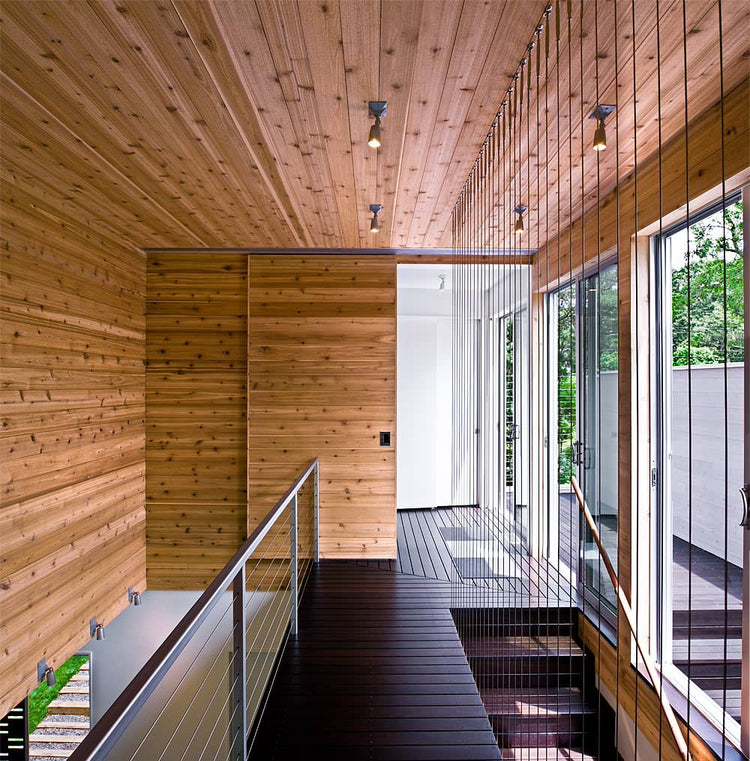The installation of cable railings requires careful consideration of safety standards and adherence to regulations to ensure the well-being of occupants and compliance with building codes. In this article, we will delve into the essential safety standards and regulations that must be followed when installing cable railings.
Understanding Local Building Codes:
Why: Local building codes vary, and understanding them is crucial for compliance and ensuring the safety of the structure.
What to Consider:
- Height Requirements: Verify the required height for railings to prevent falls and accidents.
- Spacing Guidelines: Follow guidelines on cable spacing to prevent the passage of small objects or the climbing of children.
Material and Construction Standards:
Why: Using materials that meet industry standards ensures the durability and structural integrity of the cable railing system.
What to Verify:
- Material Strength: Ensure that cables, fittings, and posts meet strength requirements for the intended use.
- Corrosion Resistance: Use corrosion-resistant materials to withstand environmental conditions.
Load-Bearing Capacity:
Why: Determining the load-bearing capacity of the railing system is essential for ensuring its stability and safety.
What to Evaluate:
- Occupancy Load: Consider the expected number of occupants and ensure the railing can support the load.
- Uniform Loading: Verify that the railing is capable of bearing a uniform load to prevent collapse.
Cable Tension and Fitting Integrity:
Why: Proper tension and secure fittings are critical for the stability of the cable railing.
What to Check:
- Tensioning Guidelines: Follow manufacturer guidelines for proper cable tension during installation.
- Fitting Integrity: Ensure that fittings are securely attached to posts and that cables are properly crimped or swaged.
Child Safety Considerations:
Why: Child safety is a significant concern, and measures must be taken to prevent climbing and entrapment.
What to Implement:
- Cable Spacing: Follow guidelines to prevent the climbing of children through cable openings.
- Secure Fittings: Ensure that fittings are not easily removable by small hands.
Periodic Inspections and Maintenance:
Why: Regular inspections and maintenance are necessary to identify and address potential safety issues over time.
What to Include:
- Inspection Schedule: Establish a schedule for routine inspections, especially in high-traffic areas.
- Addressing Wear and Tear: Promptly address any signs of wear, corrosion, or cable damage during inspections.
Professional Installation and Certification:
Why: Professional installation ensures that the railing system meets safety standards, and certification adds an additional layer of assurance.
What to Verify:
- Installer Credentials: Ensure that the installation team is qualified and experienced in cable railing systems.
- Certification: Seek certification from relevant authorities or organizations endorsing compliance with safety standards.
Prioritizing Safety in Cable Railing Installations
Installing cable railings involves more than just aesthetics—it requires a commitment to safety. By understanding and adhering to local building codes, utilizing materials that meet industry standards, and conducting regular inspections, one can create a cable railing system that not only enhances the visual appeal of a space but also ensures the safety and well-being of its occupants. Prioritizing safety from the initial design to installation and ongoing maintenance is paramount for the success of any cable railing project.

